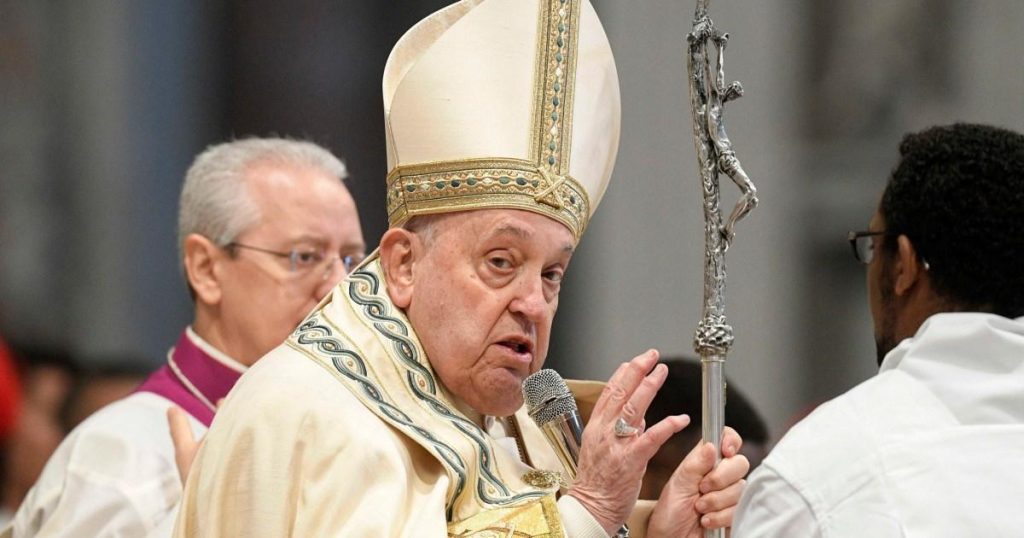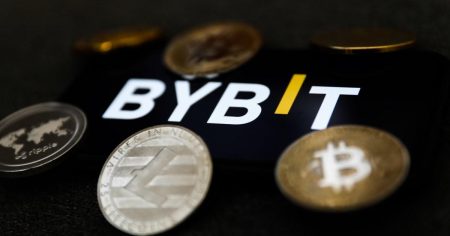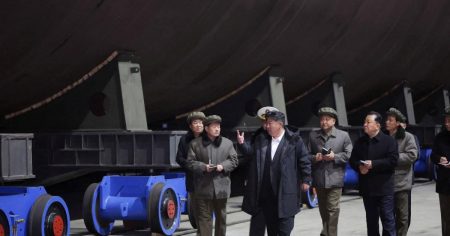A Shift in Vatican Stance on Gay Priests: Celibacy Remains the Cornerstone
The Vatican has issued new guidelines signaling a nuanced shift in its approach towards gay men entering the priesthood. While not explicitly barring gay men from ordination, the guidelines emphasize that celibacy remains a non-negotiable requirement, mirroring the expectation for heterosexual priests. This represents a departure from previous teachings that categorized homosexual activity as “intrinsically disordered” and effectively excluded men with "deep-seated homosexual tendencies" from the priesthood. The new guidelines, however, advocate for a more holistic assessment of candidates, considering their sexual orientation as one facet among many within their overall personality profile. This move has generated significant discussion within and beyond the Catholic Church, raising questions about the evolving understanding of homosexuality and its compatibility with religious doctrine. The guidelines do not alter the Church’s stance on women’s ordination or the papacy, both of which remain exclusively reserved for men.
Navigating Tradition and Inclusivity: The Complexities of the Vatican’s New Guidance
The revised guidelines issued by the Vatican reflect a complex interplay between traditional doctrines and a growing recognition of individual experiences within the Church. While the emphasis on celibacy reinforces the long-standing emphasis on sexual abstinence within the priesthood, the move towards a more holistic evaluation of candidates acknowledges the multi-faceted nature of human identity. By urging a broader assessment beyond sexual orientation, the Vatican appears to be seeking a path that upholds traditional teachings while also recognizing the individual journeys of aspiring priests. This delicate balance, however, does not address the broader debate surrounding LGBTQ+ inclusion within the Church, particularly concerning the recognition of same-sex relationships and the inherent dignity of LGBTQ+ individuals. The new guidelines, therefore, represent a step forward in certain respects, yet leave many fundamental questions unanswered.
Pope Francis and LGBTQ+ Issues: A Papacy Marked by Both Progress and Controversy
Pope Francis’s tenure has been characterized by a more pastoral and compassionate tone compared to his predecessors, particularly in his approach to LGBTQ+ issues. His public statements emphasizing that "being homosexual is not a crime" have resonated with many seeking greater acceptance and understanding within the Church. However, his papacy has also been marked by controversies, including allegations of using homophobic slurs in private conversations. While some have attributed these incidents to cultural differences and linguistic nuances, they have nonetheless raised concerns about the gap between the Pope’s public pronouncements and his private views. This seeming dissonance underscores the complexities of navigating evolving social perspectives within a deeply rooted institution like the Catholic Church.
Balancing Tradition and Change: The Ongoing Dialogue within the Catholic Church
The new guidelines regarding gay priests highlight the ongoing dialogue within the Catholic Church regarding its relationship with LGBTQ+ individuals and the broader questions of sexuality and inclusion. While representing a shift towards greater understanding in some aspects, the guidelines also reaffirm traditional doctrines that continue to exclude LGBTQ+ individuals from full participation in the Church. The emphasis on celibacy, while applying to all priests regardless of sexual orientation, underscores the Church’s continued adherence to a traditional understanding of sexuality and its role within religious life. This ongoing tension between tradition and change is likely to persist as the Church grapples with evolving societal norms and the diverse experiences of its members.
The Larger Context: LGBTQ+ Inclusion and Religious Institutions
The Vatican’s revised guidelines on gay priests reflect a broader struggle within religious institutions worldwide as they navigate the complex terrain of LGBTQ+ inclusion. Many religious traditions hold deeply entrenched beliefs about sexuality and gender roles, often leading to conflicts with evolving societal values and the lived experiences of LGBTQ+ individuals. The Catholic Church, with its global reach and historical influence, faces unique challenges in reconciling its traditional teachings with the growing calls for greater inclusivity. The new guidelines, while representing a step towards acknowledging individual experiences, ultimately fall short of addressing the fundamental questions of equality and acceptance that confront LGBTQ+ Catholics.
The Road Ahead: Navigating the Future of LGBTQ+ Inclusion in the Catholic Church
The new guidelines, while representing a subtle shift in the Vatican’s stance on gay priests, leave many questions unanswered and challenges unresolved. The emphasis on celibacy, while consistent with existing Church doctrine, fails to address the broader issue of LGBTQ+ inclusion within the Church. Moving forward, the Catholic Church must continue grappling with these complex questions and engage in open and honest dialogue with its LGBTQ+ members. The path towards true reconciliation and full inclusion demands a willingness to re-examine traditional teachings and seek a deeper understanding of the lived experiences of all its members. The new guidelines, therefore, represent not a conclusion but rather a starting point for a continuing conversation within the Catholic Church about its relationship with the LGBTQ+ community.











